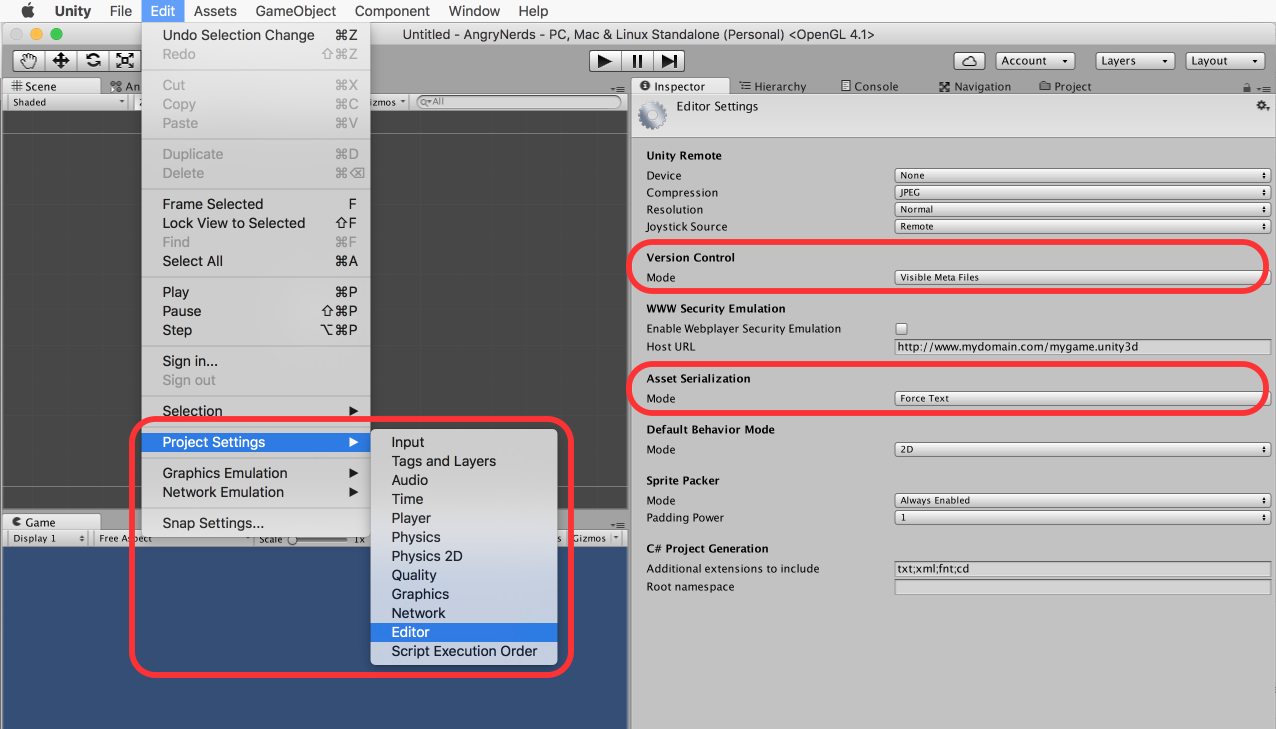
- #CONTROLLER EDITOR NOT SAVING CHANGES PRO#
- #CONTROLLER EDITOR NOT SAVING CHANGES PLUS#
- #CONTROLLER EDITOR NOT SAVING CHANGES WINDOWS#
This will then match the lower action button on any gamepad. So, you can for instance navigate to "Gamepad", and choose the control path /buttonSouth. The device and control tree is organized hierarchically from generic to specific. This list will be filtered by the action's Control Type property, so if the control type is Vector2, you will only be able to select any control which generates two-dimensional values (like a stick). In the control picker window, you can explore a tree of input devices and controls known to the input system to bind to. This will pop up a Control Picker window. To edit it, click on the popup button for the Path property. The most important property of any binding is the control path it is bound to.
#CONTROLLER EDITOR NOT SAVING CHANGES PLUS#
To add a new binding, click the plus icon on the action you want to add it to, and select the binding type fron the popup menu.If you select an action you can edit it's properties in the right hand pane of the window: To duplicate an existing action, either right-click it and select "Duplicate" or use Ctrl-D (Windows) / ⌘D (Mac).To delete an existing action, either right-click it and select "Delete" from the context menu or use the Delete key (Windows) / ⌘⌫ (Mac).To rename an existing action, either long-click the name or right-click the action map and select "Rename" from the context menu.To add a new action, click the plus icon in the header of the action column.To duplicate an existing map, either right-click it and select "Duplicate" or use Ctrl-D (Windows) / ⌘D (Mac).To delete an existing map, either right-click it and select "Delete" from the context menu or use the Delete key (Windows) / ⌘⌫ (Mac).To rename an existing map, either long-click the name or right-click the action map and select "Rename" from the context menu.To add a new action map, click the plus icon in the header of the action map column.NOTE: Action map names should not contain slashes ( /). Matching is case-insensitive and will match any partial name. "d:gamepad" filters for bindings to gamepad devices whereas "g:gamepad" filters for bindings in the gamepad control scheme.
#CONTROLLER EDITOR NOT SAVING CHANGES PRO#
Pro Tip: You can search quickly by devices and/or control schemes directly from the search box. Can be used on actions, action maps and bindings. Can be used on actions, action maps and bindings.ĭelete. Can be used on actions, action maps and binding.ĭuplicate. Multiple shorts are available to provide quick access to certain common operations.
#CONTROLLER EDITOR NOT SAVING CHANGES WINDOWS#
Multiple action editor windows can be open concurrently (not on the same asset, though). inputactions asset in the Project Browser or click the "Edit asset" button in the inspector for the asset. To bring up the action editor, double-click an.

From there, select Create > Input Actions. To create an asset containing input actions in Unity, right-click in the Project window or open the Assets entry in Unity's main menu. inputactions file extension and are stored in a plain JSON format. An "input action asset" is an asset containing input actions as well as their associated bindings and control schemes.


 0 kommentar(er)
0 kommentar(er)
